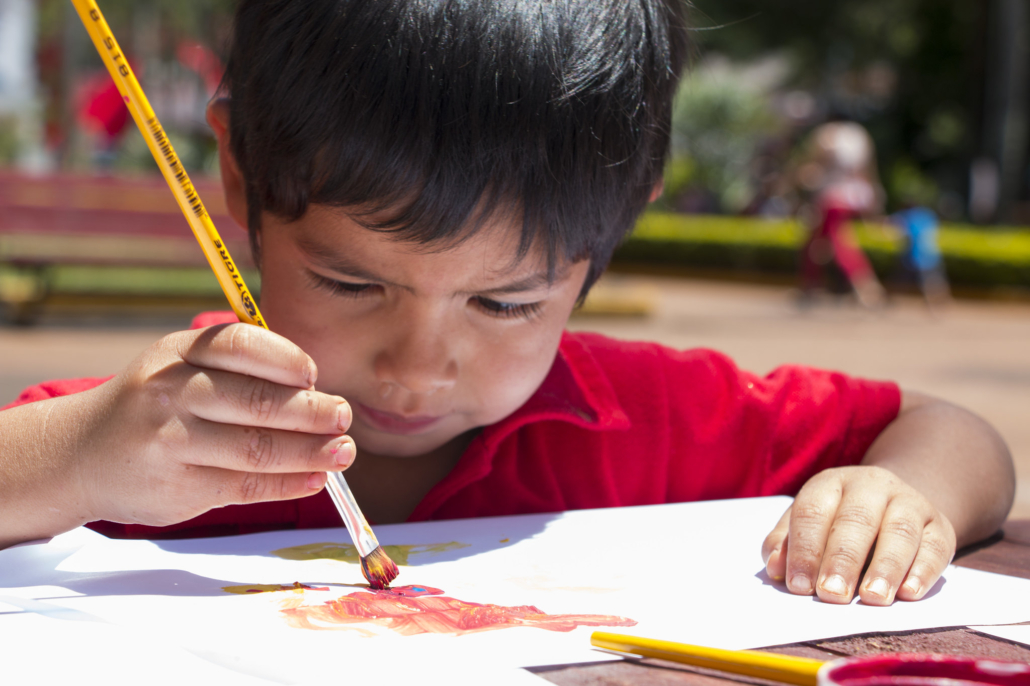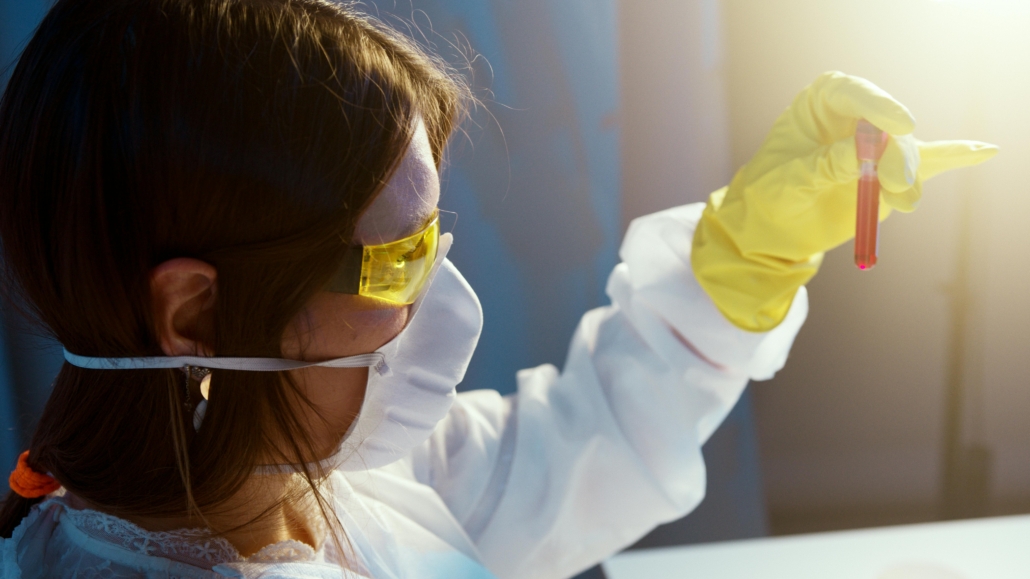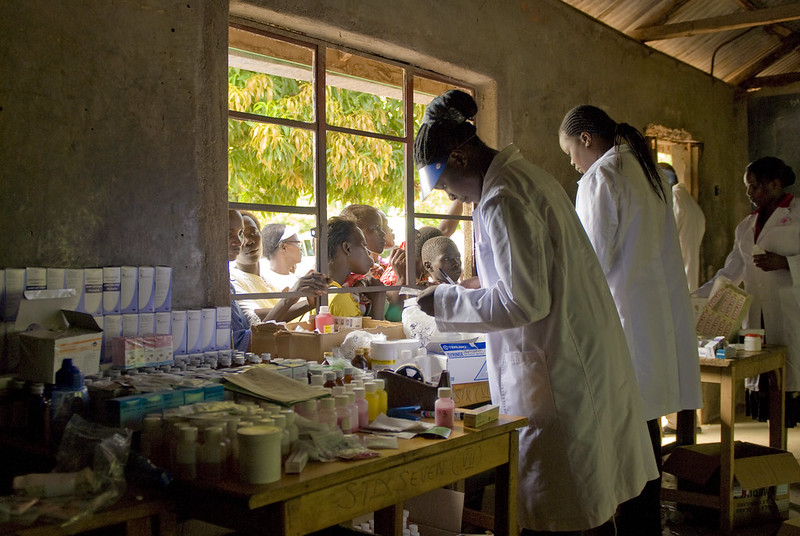 Despite advances in economic development, millions of Kenyans still live in poverty. In 2022, about 40% of the population lived below the poverty line and at least 32% could not afford an adequate diet. This lack of basic resources prevents many people from living stable, productive lives, despite Kenya’s economic growth. The country has historically faced major health challenges. The prevalence of endemic diseases combined with a lack of access to adequate health care has exacerbated the impact of systemic poverty in Kenya.
Despite advances in economic development, millions of Kenyans still live in poverty. In 2022, about 40% of the population lived below the poverty line and at least 32% could not afford an adequate diet. This lack of basic resources prevents many people from living stable, productive lives, despite Kenya’s economic growth. The country has historically faced major health challenges. The prevalence of endemic diseases combined with a lack of access to adequate health care has exacerbated the impact of systemic poverty in Kenya.
Progress Through Global Health Initiatives
Kenya, with a rapidly growing population, is currently home to more than 57 million people. There are still significant social disparities between the rural and urban areas, as 85% of all poor people live in rural areas, while the majority of the urban poor live in slums. Achieving global health equity requires expanding access to clinics, life-saving medicines and trained health professionals.
Over the past two decades, various global health equity initiatives have improved the health landscape in Kenya. The government, supported by international organizations, has focused on preventing and treating infectious diseases like HIV/AIDS. Programs such as PEPFAR (President’s Emergency Plan for AIDS Relief), USAID and the World Health Organization (WHO) expanded access to clinics, medicines and trained professionals. These ongoing efforts have significantly improved health outcomes for citizens, leading to a reduction in poverty in Kenya.
Health Access and Economic Growth
Increased access to health care directly correlates with economic growth. Currently, the Kenyan economy is dominated by agriculture and informal micro-enterprises, which do not provide workers with any health coverage. Workers who cannot afford or access medical care often lose valuable workdays due to illness. Inadequate health care services exacerbate the effects of the epidemic diseases plaguing the nation. The inability to treat these diseases early on leads to increased medical costs. People suffer needlessly, children are too sick to go to school and the nation’s overall well-being and economy are affected, creating a vicious cycle of poverty in Kenya that cannot be stopped without health interventions.
HIV/AIDS: Evolution of Global Health Equity
Kenya’s efforts against HIV/AIDS offer an example of how targeted global health interventions can transform a nation’s future. In the late 1990s, HIV prevalence in Kenya was at an all-time high. By 1997, about 37% of men and 45% of women with a sexually transmitted infection also tested positive for HIV. Societal stigma and the high cost of ART limited access to treatment, while the country’s health care system struggled to manage the growing number of cases. This resulted in high mortality rates and large numbers of orphaned children.
To combat the crisis, international organizations began funding HIV relief efforts in Kenya. Groups such as PEPFAR, the Global Fund and USAID increased access to HIV testing, distributed ART and launched education campaigns. As of 2023, around 1.3 million Kenyans were receiving life-saving antiretroviral therapy.
Productivity Gains and Innovations in HIV Treatment
Modern ART has led to improvements in health and productivity for people living with HIV. A significant benefit has been an increase in the country’s productivity. In two studies focusing on agricultural workers in Kenya, researchers found that workers on ART doubled the number of days they could work each month. Participants also showed a 20% increase in labor force participation and a 35% increase in hours worked. These findings demonstrate the economic value of accessible health interventions.
Dr. Ann Kurth, an epidemiologist and leader in global health systems, spoke with The Borgen Project about Kenya’s progress. “Antiretrovirals came to sub-Saharan Africa and made transformative difference,” she said. “Health system strengthening by PEPFAR funding got you 26 million lives saved. Workforce training helped community health workers screen and test people for HIV in people’s homes with oral tests. We did a lot of self-testing in Kenya. These are innovations that were not the norm, but it helped people identify if they had HIV and get treated earlier.”
Equity and Inclusion in Health Care
Despite many advancements in global health equity in Kenya, significant challenges persist. Rural areas continue to struggle with shortages of medical professionals, transportation barriers and inadequate health care infrastructure. Shifting donor priorities can also affect long-term funding. Dr. Kurth emphasized the need for gender equity in care and research. Historically, clinical trials have underrepresented women and ignored key differences in how diseases and treatments affect them. “Women have not always been represented in clinical trials. A lot of assumptions about clinical practice are based on an assumption of it being a male body. There needs to be more gender representation in research and clinical services and not think of women as just about childbearing.”
Looking Ahead
Kenya’s commitment to improving health care access offers a model for other countries facing poverty. Strategic partnerships with international organizations have saved lives, built community resilience and contributed to reducing poverty in Kenya. Continued investment in health infrastructure, gender-inclusive research and rural outreach could be essential. As Dr. Kurth concluded, “We’ve been able to see major investments in the last couple of decades… That led to incredible child survival, maternal mortality improvements, increases in income and some advances in gender equality.”
– Rafe Photopoulos
Rafe is based in Gainesville, FL, USA and focuses on Global Health for The Borgen Project.
Photo: Flickr
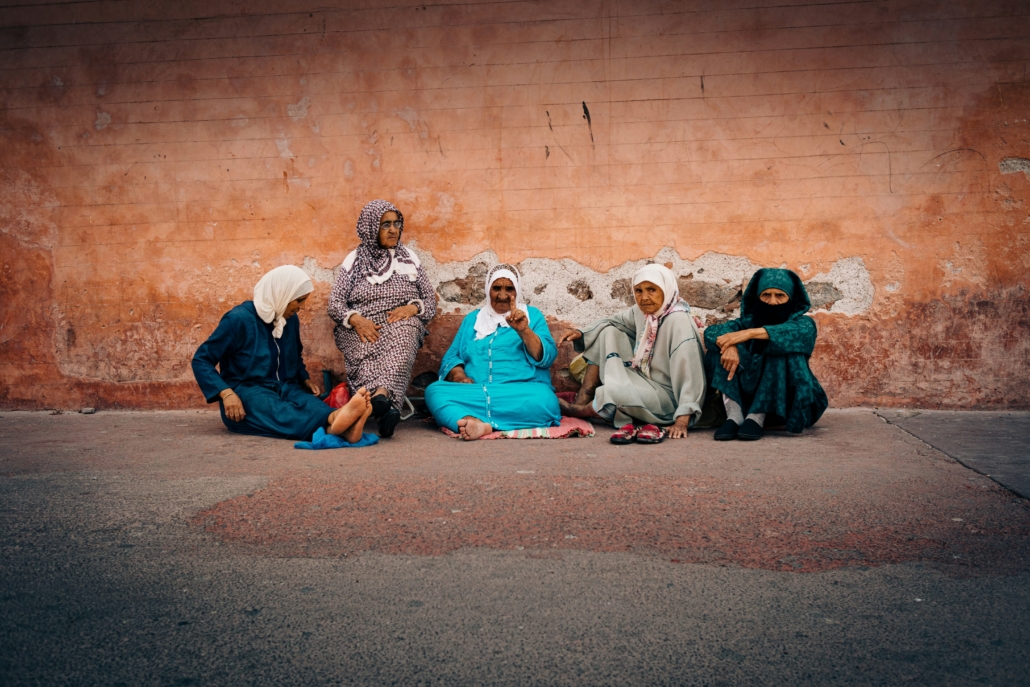

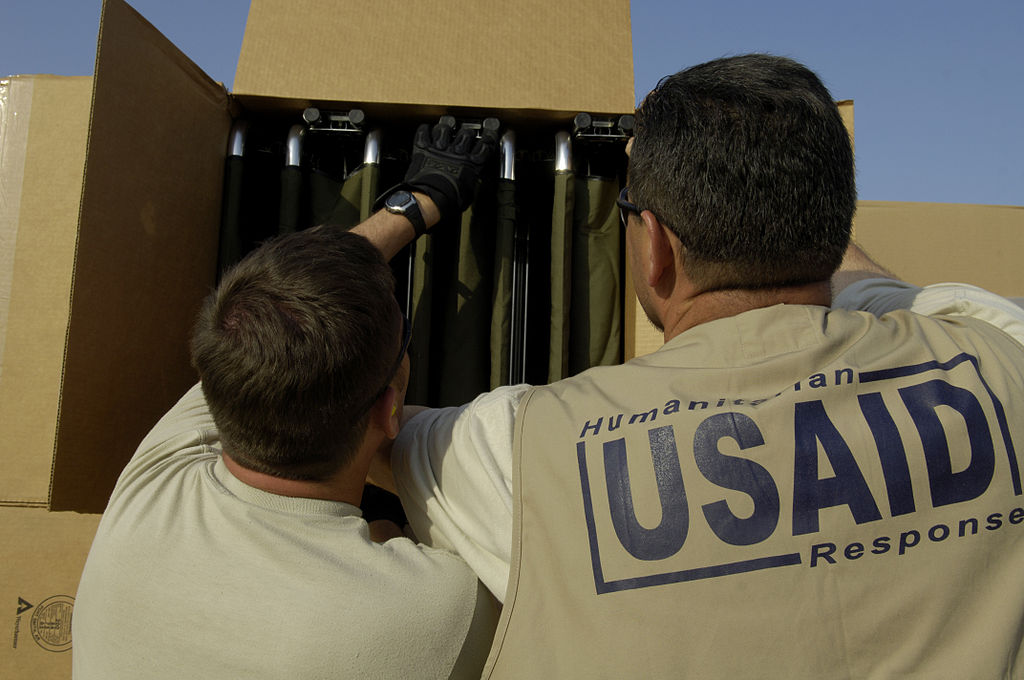

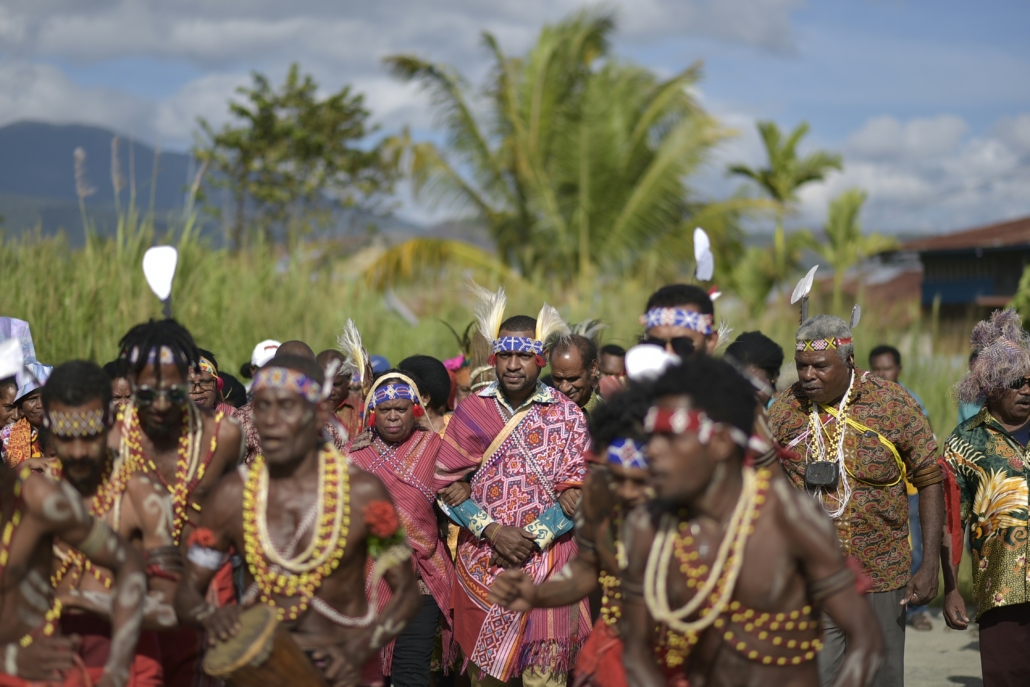
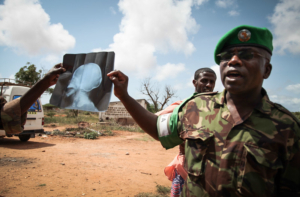
 In
In 